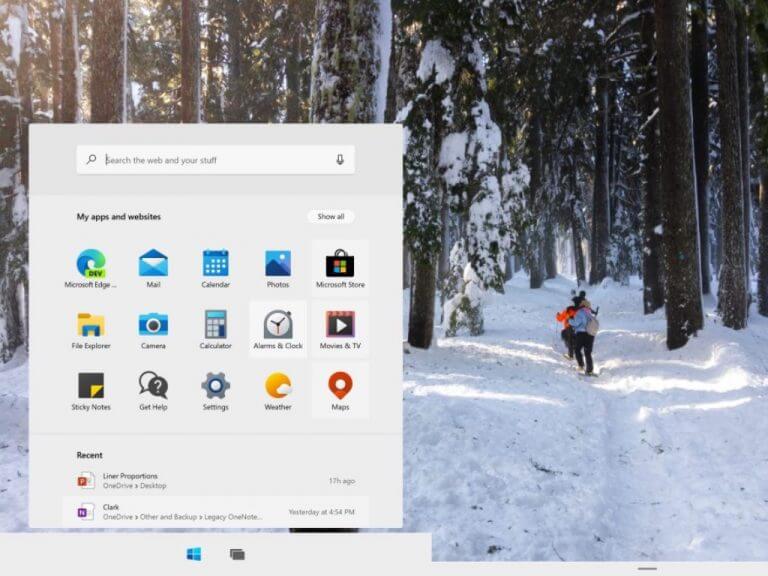Windows 10X, the lightweight version of Windows 10 that was expected to launch later this year on Chromebook-like devices is reportedly no longer coming this year, or perhaps ever. According to a new report from Petri’s Brad Sams, Microsoft is no longer actively working on Windows 10X to focus on the regular Windows 10 OS, which is expected to receive a big design update codenamed “Sun Valley” later this year.
Microsoft officially unveiled Windows 10X in a Fall 2019 event where the company revealed its dual-screen Surface Neo and Surface Duo devices. If the Surface Duo shipped last year with Android, the Surface Neo has been delayed indefinitely after Microsoft announced last year that Windows 10X would ship first on single-screen devices.
Since then, the way forward for Windows 10X was to become Microsoft’s Chrome OS alternative for low-cost PCs. Chromebooks have become quite popular in the US education market in recent years, as they’re often cheaper and easier to manage than Windows 10 PCs. With Windows 10X, Microsoft aimed to create a lightweight OS that would drop legacy Windows components including Win32 apps, but educating customers about this new version of Windows 10 could have taken a while.
“When talking with people familiar with Microsoft’s plans, customers were not looking for a solution that Windows 10X would solve, what they want are Windows 10X features brought to Windows 10. The benefit of Windows 10 is the flexibility that it provides, 10X worked against that narrative and the decision was made to put the OS on the backburner,” Sams explained today.
A separate report from Windows Central’s Zac Bowden has seemingly confirms Brad Sams’ information about Microsoft no longer actively working on Windows 10X. “Microsoft halted Windows 10X internal selfhost testing in February, and hasn’t restarted it since. Microsoft used to offer 10X selfhost builds for a number of Surface devices, but all of those selfhost images have been removed from the internal portal, and movement on 10X as a whole has grinded to a halt,” Bowden wrote.
Both reporters believe that some of the work Microsoft did on Windows 10X may eventually end up in the regular Windows 10 OS, including the new design ideas that we’ve seen in the Windows 10X emulator. Anyway, the Windows team is apparently fully focused on the big “Sun Valley” update for Windows 10, and that’s probably good news.
It took Google many years to have some success with Chromebooks, which have become much more versatile in recent years thanks to Android, Linux, and even virtualized Windows apps. As Windows 10 is now running on 1.3 billion devices, it’s hard to see how Microsoft could have avoided another Windows RT situation with a new Windows 10-based OS that can run fewer apps than a regular Windows 10 PC, or a Chromebook.
Microsoft probably can’t escape the fact that Windows 10’s huge app ecosystem remains its biggest strength, and that consumers and business users generally hate change. It will likely take years for Microsoft to modernize Windows 10 and makes its UI and UX more coherent, but this probably should be the Windows team’s main priority in addition to improving app compatibility on ARM devices.


